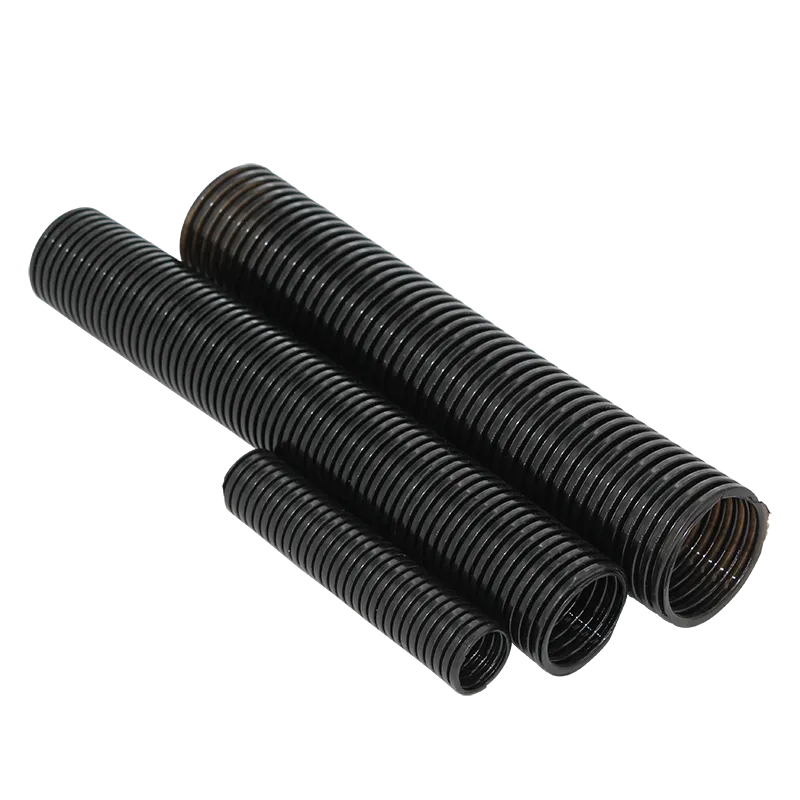nylon drag chain
Understanding Nylon Drag Chains Application, Benefits, and Maintenance
Nylon drag chains, also known as cable carriers or energy chains, are essential in various industries for organizing and protecting moving cables and hoses. These innovative structures ensure that cables are not only secured but also can move freely without tangling or excessive wear. This article delves into the applications, benefits, and maintenance of nylon drag chains.
In industrial settings, nylon drag chains serve a pivotal role, particularly in automated machinery, robotics, and CNC machines. In these applications, the smooth operation of cables and hoses is crucial for optimizing performance and ensuring safety. The chains help facilitate the movement of electrical wires, pneumatic hoses, and hydraulic lines in applications where the working environment requires the equipment to move in specific patterns—up, down, sideways, or in circular motions.
One key advantage of nylon drag chains is their lightweight and flexible design. Unlike metal alternatives, which can be heavy and cumbersome, nylon chains are easier to handle, install, and manage. This lightweight nature reduces the overall load on the moving equipment, enhancing operational efficiency. Moreover, nylon is resistant to a variety of chemicals, oils, and abrasions, making it a durable choice for environments that pose exposure risks.
nylon drag chain

Another important benefit is the noise reduction that nylon drag chains provide. Unlike metal chains, which can create significant noise during operation, nylon chains operate quietly, contributing to a safer and more pleasant working environment. This feature is particularly important in settings where noise levels need to be controlled, such as in precision manufacturing or laboratories.
Furthermore, in terms of design and customization, nylon drag chains come in a variety of sizes and configurations to accommodate different applications. Users can choose from various chain styles, sizes, and colors to best fit their specific needs and aesthetic preferences. Some manufacturers even offer customized solutions, allowing for tailored designs that optimize space and efficiency.
Maintenance of nylon drag chains is relatively straightforward. Regular inspection is essential to identify signs of wear and tear, which, if left unaddressed, could lead to cable damage or system failures. Cleaning the chains periodically helps prevent the accumulation of dirt and debris that can hinder performance. Additionally, ensuring that the cables and hoses within the chain are properly secured can prolong the lifespan of both the drag chain and the cables.
In conclusion, nylon drag chains are a critical component in modern automation and industrial applications. They provide solutions that enhance organization, reduce noise, and improve the longevity of cables and hoses. By understanding their benefits and maintaining them effectively, industries can bolster their operational efficiency and protect their valuable equipment.








